



PATLAB succeeded to establish a laboratory with special modern high quality equipment with excellent technical performance as required by international and European Union norms. The laboratory with the instrumentation is open for cooperation and collaboration with institutes, universities and economic agents for approach of technical and scientific research and development programs. Furthermore Master-
PATLAB has 5 high level advanced modern research FloPro process analyzer systems suitable for real-
PATLAB is equipped with 1 FloPro and 4 mini FloPro research analyzer systems.
1. FLOPRO-
The picture gives a global view of the FloPro research analyzer system in PATLAB.
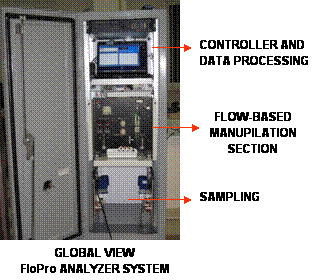
The FlowPro process analyzer is configured with two milliGAT pumps, 2 multiposition selection valves, a LED-
Below is a close-
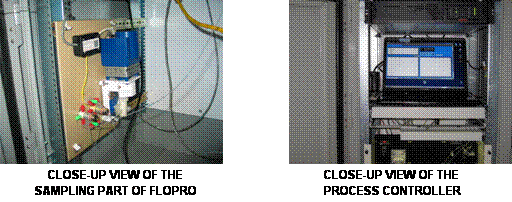
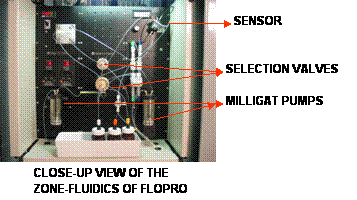
The picture below gives a view of the 4 flowpro mini-
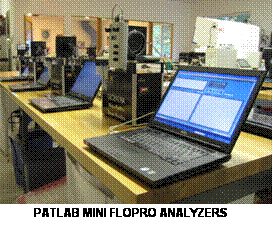
2. FLOPRO-
This mini-
The following picture shows the mini FloPro zone fluidics research process analyzer system with UV/Vis detection in operation in PATLAB.
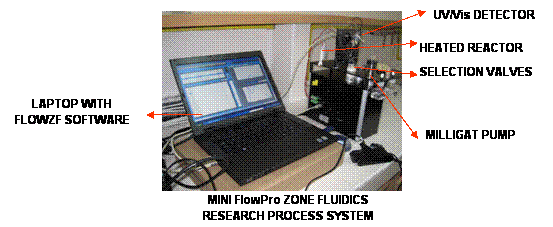
3. FLOWPRO-
FOR AMPEROMETRIC DETECTION
This mini-
The following picture shows the mini FloPro zone fluidics research process analyzer system with amperometric detection in operation in PATLAB.
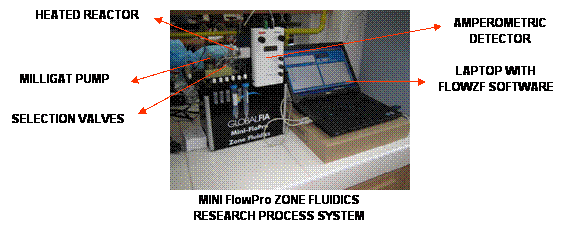
4. FLOWPRO-
This mini-
The following picture shows the mini FloPro zone fluidics research process analyzer system with fluorescence detection in operation in PATLAB.
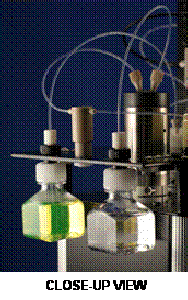
5. FLOWPRO-
CHEMILUMINESCENCE DETECTION.
This mini-
The following picture shows the mini FloPro zone fluidics research process analyzer system with fluorescence detection in operation in PATLAB.
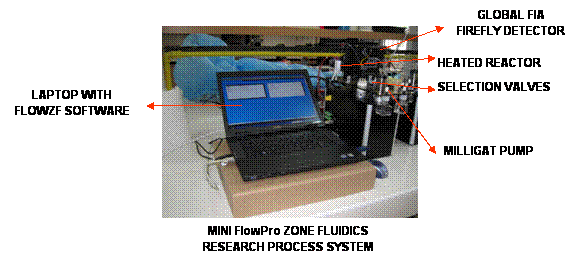
6. QE65000 SCIENTIFIC-
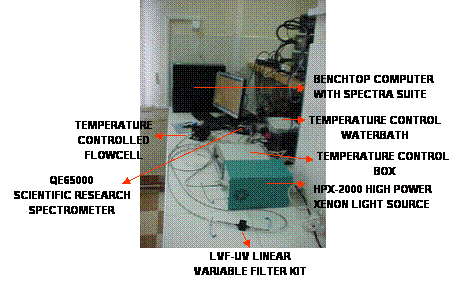
PATLAB is equipped with a QE65000 Scientific-
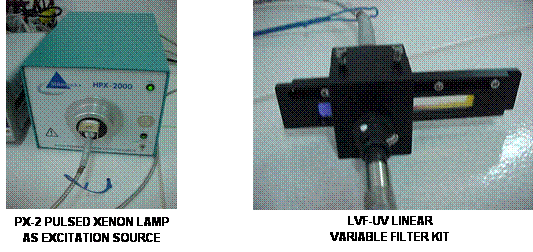
The HPX-
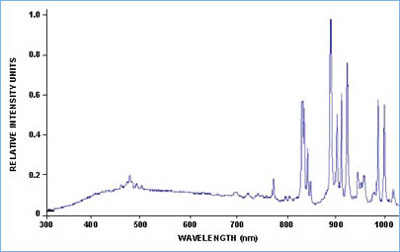
The double LVF-

The temperature-
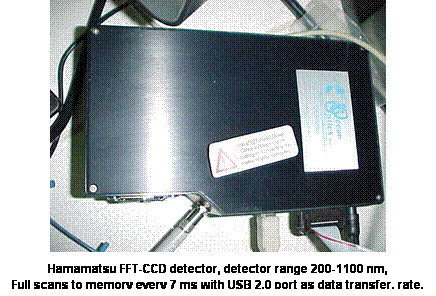
The QE65000 Scientific-
Technical Characteristics:-
Detector
Detector: Hamamatsu S7031-
Detector range: 200-
Pixels: 1024 x 58 (1044 x 64 total pixels); 24.6 µm square size
Pixel size: 24.576 μm square size
Pixel well depth: 300,000 electrons/well; ~ 1.5 million electrons/column
Sensitivity: 22 electrons/count for all wavelengths; 250 nm: 26 photons/count
Quantum efficiency: 90% peak
Optical Bench
Design: f/4, Symmetrical crossed Czerny-
Focal length: 101.6 mm input and output
Entrance aperture: 5, 10, 25, 50, 100 or 200 µm wide slits or fiber (no slit)
Grating options: 14 different grating options, UV through Shortwave NIR
HC-
Detector collection lens option: None
OFLV filter options: OFLV-
Other bench filter options: Longpass OF-
Collimating and focusing mirrors: Standard only
UV enhanced window: No
Fiber optic connector: SMA 905 to 0.22 numerical aperture single-
Spectroscopic
Wavelength range: Grating dependent
Optical resolution: ~0.14-
Signal-
A/D resolution: 16 bit
Dark noise: 3 RMS counts
Dynamic range: 7.5 x 109 (system), 25000:1 for a single acquisition
Integration time: 8 ms to 15 minutes
Stray light: <0.08% at 600 nm; 0.4% at 435 nm
Corrected linearity: >99.8%
Electronics
Power consumption: 500 mA @ 5 VDC (no TE cooling); 3.5 A @ 5 VDC (with TE cooling)
Data transfer speed: Full scans to memory every 7 ms with USB 2.0 port
Inputs/Outputs: 10 onboard digital user-
Analog channels: No
Auto nulling: Yes
Breakout box compatibility: Yes, the BREAKOUT BOX is a passive module that allows multiple interfaces to a spectrometer such as: external triggering, GPIO, light sources, RS-
Trigger modes: 4 modes
Strobe functions: No
Gated delay feature: Yes
Connector: 30-
Power-
Dark current: 4000 e-
Computer
Operating systems: Windows 2000/XP with USB port
Computer interfaces: USB 2.0 @ 480 Mbps
Peripheral interfaces: SPI (3-
Temperature and Thermoelectric (TE) Cooling
Temperature limits: -
Set point: Software controlled; lowest set point is 40 ºC below ambient, to -
Stability: +/-
The following Figure is a COMPUTER SCREEN illustration of experimental results obtained in PATLAB with the SPECTRA SUITE software program.
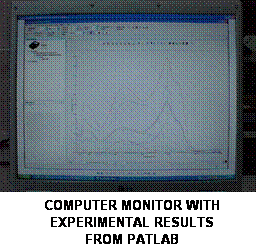
7. HR4000 HIGH-
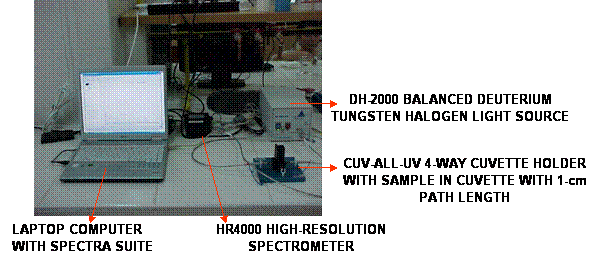
There is a HR4000 high-
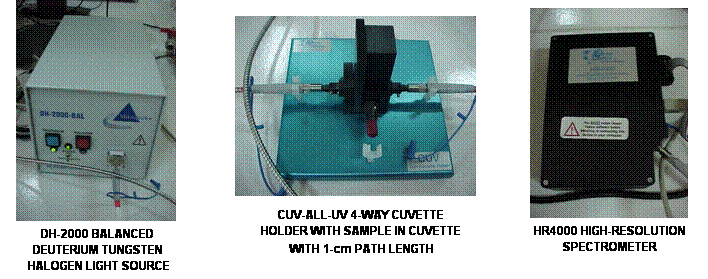
The DH-
DH-
Power consumption: 25 W (deuterium); 20 W (tungsten halogen)
Wavelength range: 215-
360-
Humidity: 5-
Tungsten bulb voltage: Adjustable from 4.5 to 11.5 volts
Lamp current: Operating 85 V/0.3A
Lamp lifetime: 1,000 hours
Lamp voltage: Ignition 350 V/20°
Current voltage drift: <0.01% per hour
Current voltage stability: <5 x 10-
Operating temperature: 5 °C -
Power requirements: 85-
Total power: 100 W
Power consumption: 190 W maximum
Warm-
20 minutes (tungsten halogen)
The CUV-
The HR4000 high resolution spectrometer has a 3648-
Technical Characteristics:-
Detector
Detector: Toshiba TCD1304AP linear CCD array
Detector range: 200-
Pixels: 3648 pixels
Pixel size: 8 μm x 200 μm
Pixel well depth: ~100,000 electrons
Sensitivity: 130 photons/count at 400 nm; 60 photons/count at 600 nm
Optical Bench
Design: f/4, Symmetrical crossed Czerny-
Focal length: 101.6 mm input and output
Entrance aperture: 5, 10, 25, 50, 100 or 200 µm wide slits or fiber (no slit)
Grating options: 14 different gratings, UV through Shortwave NIR
HC-
Detector collection lens option: Yes, L4
OFLV filter options: OFLV-
Other bench filter options: Long pass OF-
Collimating and focusing mirrors: Standard or SAG+UPG-
UV enhanced window: Yes, UV4
Fiber optic connector: SMA 905 to 0.22 numerical aperture single-
Spectroscopic
Wavelength range: Grating dependent
Optical resolution: ~0.02-
Signal-
A/D resolution: 14 bit
Dark noise: 12 RMS counts
Dynamic range: 2 x 10^8 (system); 1300:1 for a single acquisition
Integration time: 3.8 ms to 10 seconds
Stray light: <0.05% at 600 nm; <0.10% at 435 nm
Corrected linearity: >99.8%
Electronics
Power consumption: 450 mA @ 5 VDC
Data transfer speed: Full scans to memory every 4 ms with USB 2.0 port
Inputs/Outputs: Yes, 10 onboard digital user-
Analog channels: One 13-
Auto nulling: No
Breakout box compatibility: Yes, the BREAKOUT BOX is a passive module that allows multiple interfaces to a spectrometer such as: external triggering, GPIO, light sources, RS-
Trigger modes: 4 modes
Strobe functions: Yes
Gated delay feature: No
Connector: 30-
The following Figure is a COMPUTER SCREEN illustration of experimental results obtained in PATLAB with the SPECTRA SUITE software program.

8. UNISCAN PG580 MINI-
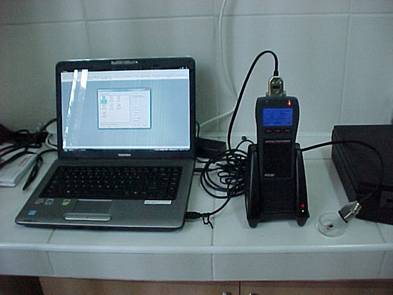
PG580 setup in PATLAB
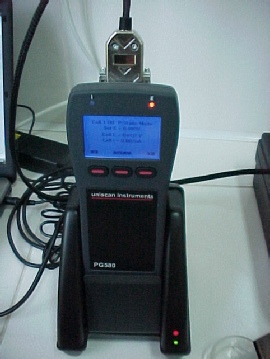
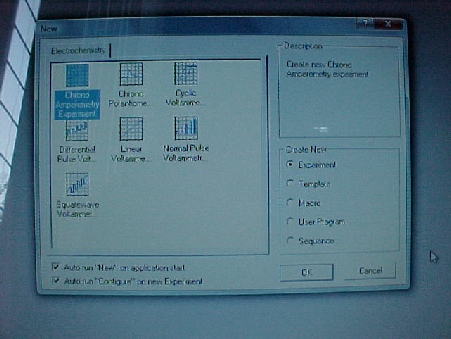
PG580 plus docking station Screen with some electrochemistry techniques
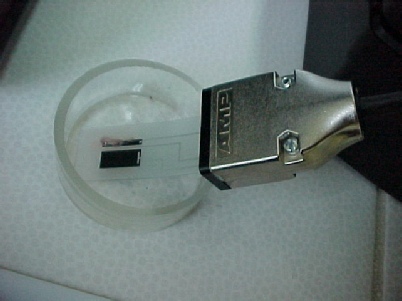
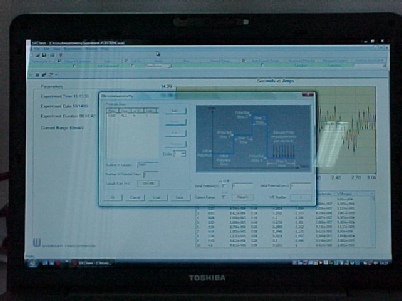
Screen-
in PATLAB
There are 2 very well-
Technical Characteristics:-
● Battery Life: approximately 5 hours. Rechargeable NiMH cell.
● PC Interface: Serial/USB
● Display: Graphic LCD 160x100 pixels. Back light: Blue LED.
● Processor: Dual 16 bit H8S@18MHz.
● Data Acquisition: 16 Bits, > 100KHz.
● Rise Time: 1V/µsec. Into 1kΩ.
● Maximum current: ± 20mA.
● Maximum Measurable Current: ±20mA.
● Current Ranges: 1nA to 10mA in 8 decade ranges.
● Current Measurement Resolution 16 bits.
● Current Measurement Accuracy < 0.5%.
● I/E Input Bias: < 10pA.
● Applied Potential Range: ±2Volts.
● Applied Potential Accuracy: 0.2%.
● Applied Potential Resolution: 16 bits (61µV).
● Compliance Voltage: ±8Volts.
● RE Input: >1011 Ohms║ 5pF
In PATLAB the experimental parameters and data display are implemented on a Labtop computer in powerful WindowsTM Software with full suite of electrochemical and corrosion techniques which provides full, detailed graphs, and filing of data objects.
The UiEChemTM suite of electrochemical techniques includes:-
● Cyclic and linear voltammetry.
● Square wave voltammetry.
● Normal and differential pulse voltammetry.
● Chronoamperometry and chronopotentiometry
● User definable experiments via macro programming.
The UiECorrTM suite of corrosion techniques includes:-
● ECorr vs Time.
● Potentiostatic polarization.
● Galvanostatic polarization.
● Potentiodynamic polarization.
● Linear Polarization Resistance (LPR).
● Zero Resistance Ammetry (ZRA).
● Tafel.
